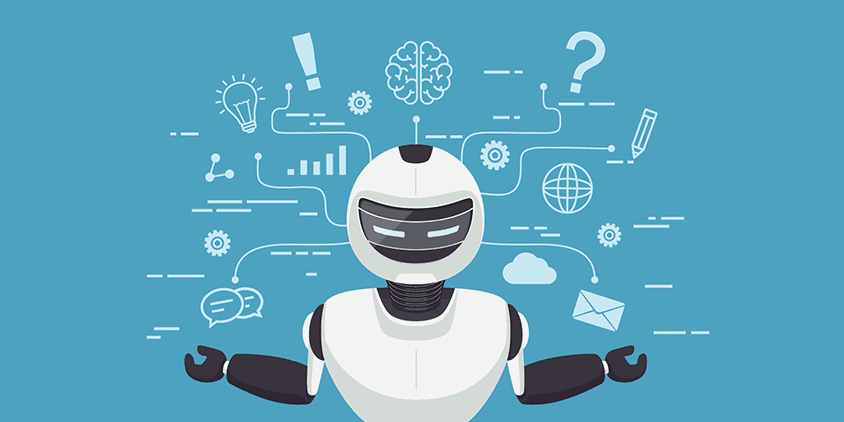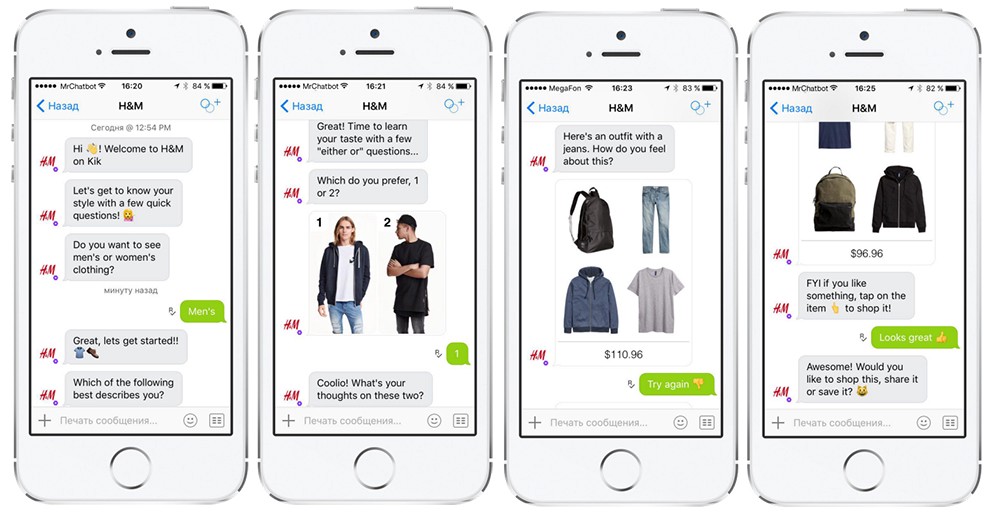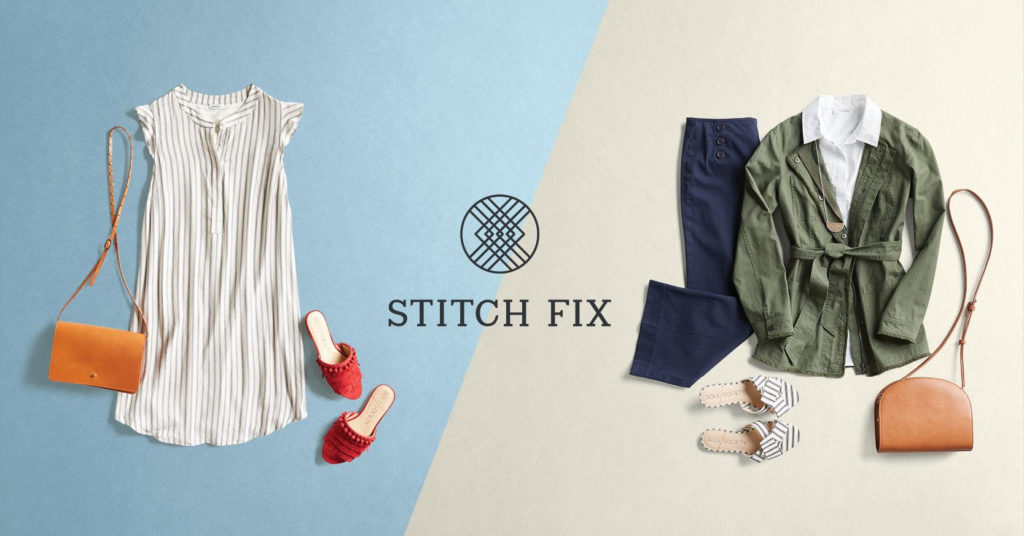Artificial Intelligence has made its way in to the fashion industry and its importance is undeniable.

Artificial Intelligence is a scary thing. Stories of AI programs creating their own languages and episode after episode of Black Mirror have taught us this. Technology developing to the extent of recreating human intelligence and interaction is a scary thing. But not all things that are scary are wrong, and Artificial Intelligence is having its day in the sun in the fashion industry.
20% of executives who participated in the BoF-McKinsey Global Fashion Survey believe AI to be important to the future of fashion marketing.
Artificial Intelligence uses active learning to produce responses that are self corrected and reasonable to the circumstance. In your every day life, you probably interact with AI more often than you realise. Email servers use AI to filter junk from your inbox. Gmail even goes a step further to separate those emails in to further categories, keeping the most important stuff, like that email from your boss, up front and centre. They also offer smart responses which predict what you may be typing, adding a short cut to replies. On social media, AI links up your interests with what advertisements you may like to see and interact with. Or when you’re browsing a new website and have a question, the chatbot you interact with is most likely AI as well (no matter how human it sounds). And that Discover Weekly you’re blasting every Monday morning? That’s AI too.

So, we know the reach of AI is pretty far and wide in terms of technology. But how can that link in with the fashion industry, a concretely physical business?
First, there’s the chatbots. Those same ones that can be used in Facebook Messenger to deliver the news or answer frequently asked questions can also be used to gather data that will impact designers’ future choices. This may include being able to address customer desires and become aware of burgeoning trends ahead of the curve. These bots can then be used to make suggestions to customers that can direct the future of designing. Additionally, the data collected can be used to make suggestions to a customer, establishing a relationship that reflects positively on the brand.

Photo Credit: Neil Patel
An example of a fashion company building relationships between AI and customers is StitchFix, a personal styling website and distributor. The idea behind StitchFix is that you develop a profile that outlines your fashion tastes. This information is then input in to an AI algorithm and new items of clothing that you’re likely to be interested in are found, boxed up and shipped directly to your home. You can then pick and choose your favourites after trying them on, only paying once you’ve fallen in love with an item and return whatever items of clothing you do not like for no extra charge. This business model does not exclude human interaction in the process, each customer is ultimately being styled by a StitchFix Stylist, but it streamlines the process to allow for a larger customer base and fast interactions.

Photo Credit: Twitter
Other aspects of the fashion industry that can be revolutionised by the introduction of more Artificial Intelligence include; smart image recognition, allowing for customers to photograph clothing they see and find the same or similar clothing for sale on their favourite websites, spot defects in textiles, maintain colour consistency, spotting counterfeits and forecasting sales.
José Neves, Farfetch founder and CEO said:
The biggest problem in fashion is overproduction. The way fashion works—where merchandisers and buyers take guesses on what people are going to buy and where [they’ll buy it]—is extremely inefficient.
The ability of AI to forecast sales opens another avenue to increasing the sustainability of the fashion industry, which until recent years had been at odds with emerging awareness of the necessity of culling fast fashion. Streamlining quality assurance means that the likelihood of a mistake being made in production is decreased significantly. Additionally, predicting trends and the potential popularity of some items allows for proper amounts of a garment to be produced. These forecasts are predicted to decrease errors by up to 50%.

Photo Credit: Farfetch
Farfetch took AI a step further in 2017 when they unveiled their “Store of the Future,” a concept store that mixes reality and technology seamlessly. Customers had access to digital mirrors where clothing could be ordered for delivery and collections browsed and holographs of items that could be customised and ordered.
Despite the industry’s excitement regarding the potential of AI in fashion, it has its downsides. Most notably, as with any technology, it comes with the potential for job losses. Artificial Intelligence being used by designers may also act to decrease the creativity involved in design, a concern of many in the industry. In a perfect world, these job losses will be replaced with new, better jobs, and the creative licence of designers will maintain its value against machine designed clothing.
This is all to say that the future of fashion is very much in AI’s hands. It is an incredibly important player in advancing the already lucrative fashion industry in to the future as a sustainable and accessible business.
What do you think about AI in fashion? Let us know in the comments down below.






